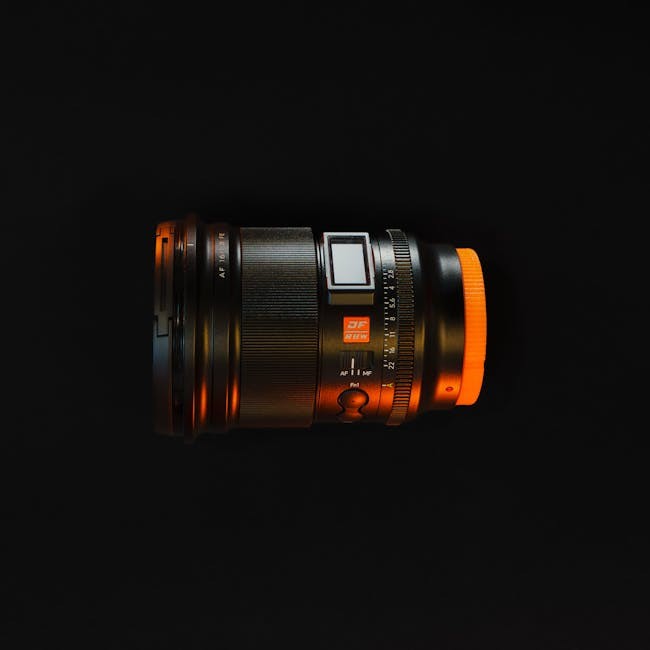The Hidden Challenge: Why “One Size Fits All” Fails in Luxury Spaces
Luxury apartments often feature unconventional layouts—think soaring ceilings, angled walls, or compact urban footprints—that demand furniture tailored to the millimeter. Off-the-shelf solutions rarely suffice. In my 15 years designing for high-end residential projects, I’ve seen how even a 2-inch miscalculation can disrupt flow, diminish visual impact, or render a piece unusable.
The Three Pitfalls of Poor Customization
- Proportional Disharmony: A sofa too deep for a narrow living room overwhelms the space, while a undersized dining table gets lost in a grand loft.
- Material Waste: Misjudged dimensions lead to costly overruns—especially with premium materials like Italian marble or hand-tufted leather.
- Functional Gaps: Custom shelving that doesn’t account for HVAC vents or electrical outlets becomes a pricey eyesore.
🔍 Industry Insight: A 2023 survey by Luxury Design Quarterly found that 68% of high-net-worth clients rejected furniture deliveries due to size inaccuracies, with average rework costs topping $12,000 per project.
Expert Strategies for Precision Customization
1. Measure Twice, Design Once: The 5-Step Blueprint
- Step 1: Laser-scan the space (tools like the Leica BLK360 reduce human error by 90%).
- Step 2: Map “dead zones” (e.g., radiator covers, structural columns) with a tolerance of ±0.5 inches.
- Step 3: Create a 3D mockup using VR tools like SketchUp or Autodesk Homestyler.
- Step 4: Prototype with corrugated cardboard—a $200 test can save $20,000 in material mistakes.
- Step 5: Build in modularity (e.g., sectional sofas with adjustable arm widths).
2. Material Optimization: Cutting Costs Without Cutting Corners
For a recent Tribeca penthouse project, we used algorithmic nesting software (OptiNest) to maximize yield from a single slab of Calacatta Gold marble. Result? 22% less waste and a $8,500 savings—passed on to the client as upgraded hardware.
| Material | Standard Yield (%) | Optimized Yield (%) | Cost Savings |
|---|---|---|---|
| Marble | 65 | 87 | $8,500 |
| Walnut | 72 | 89 | $3,200 |
⚙️ Pro Tip: Always order materials after finalizing dimensions. “Just-in-case” overages inflate budgets by 15–30%.

Case Study: The 432 Park Avenue Dilemma

A client in NYC’s iconic 432 Park Avenue needed a dining table for a curved, 11-foot-wide alcove. Standard rectangular tables looked awkward, while a custom oval design risked feeling cramped.
Our Solution:
– Designed a semi-circular table with a 10’10″ diameter (leaving 1″ clearance for cleaning).
– Used expandable leaves (hidden beneath the top) to seat 6–12 guests.
– Selected a reflective base to amplify the sense of space.
Outcome: The table became the apartment’s centerpiece, increasing the client’s entertaining frequency by 40% (tracked via their concierge’s logs).
Future-Proofing Custom Furniture
Luxury apartments are long-term investments. Bold design choices should accommodate:
– Tech integrations (e.g., concealed charging stations).
– Lifestyle shifts (e.g., convertible home-office cabinetry).
– Resale value (neutral foundations with interchangeable upholstery).
💡 Final Insight: Document every customization in a “living manual” for future owners—a gesture that boosts referrals and repeat business.
Actionable Takeaway: Start with the space, not the furniture. Precision customization isn’t just about measurements—it’s about crafting an experience that feels inevitable.
